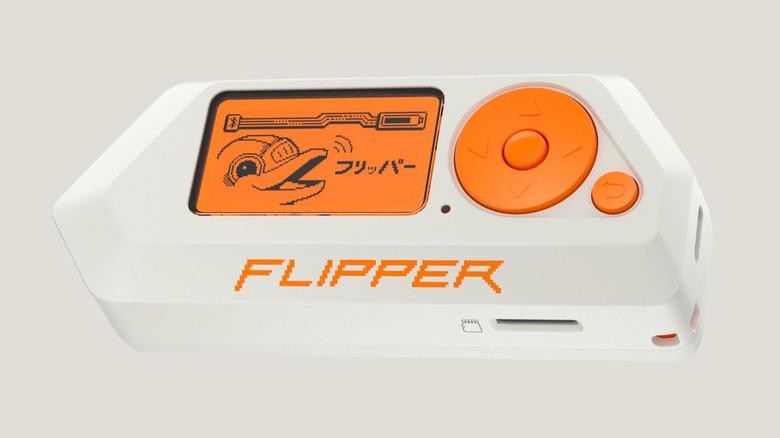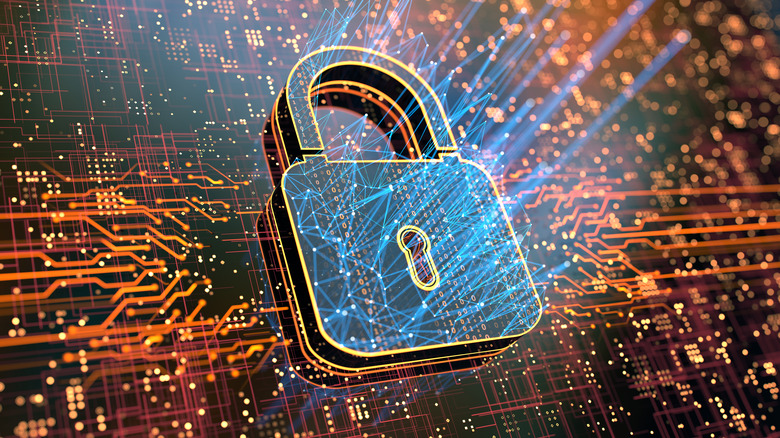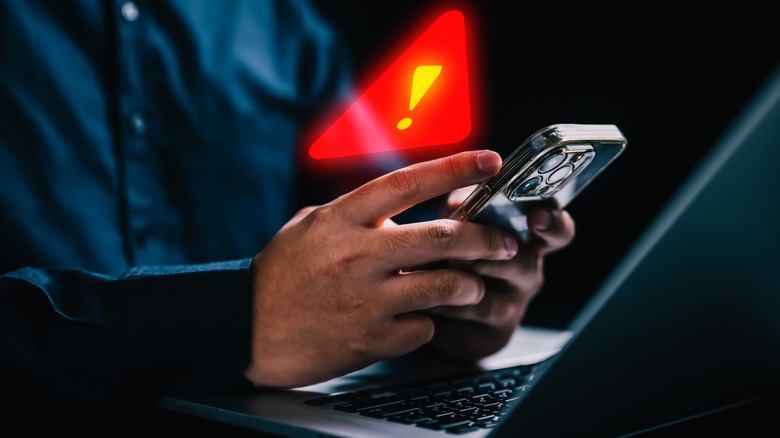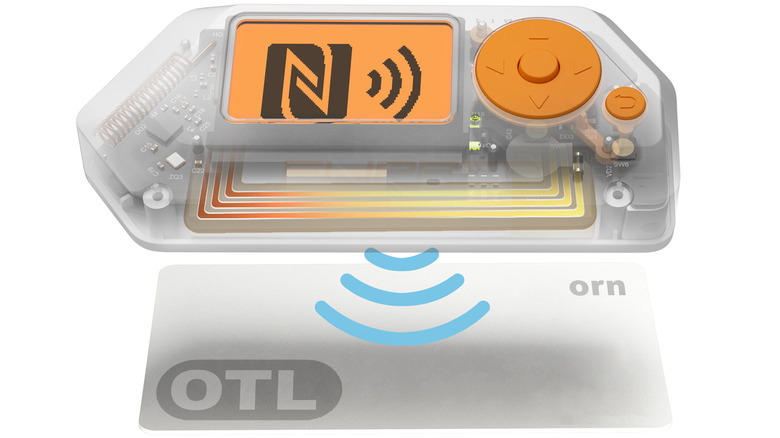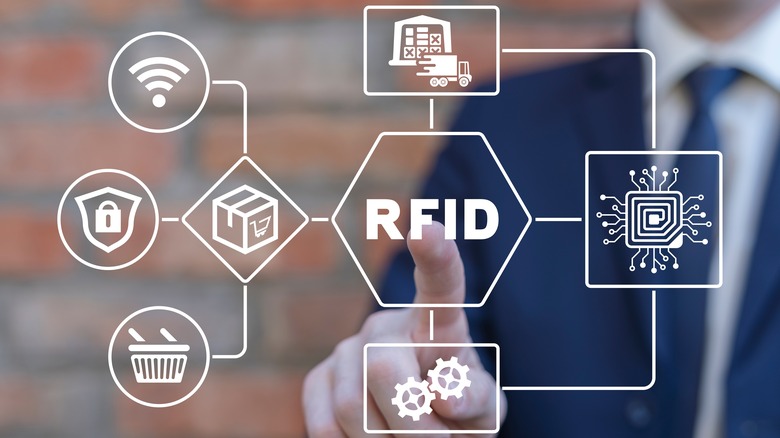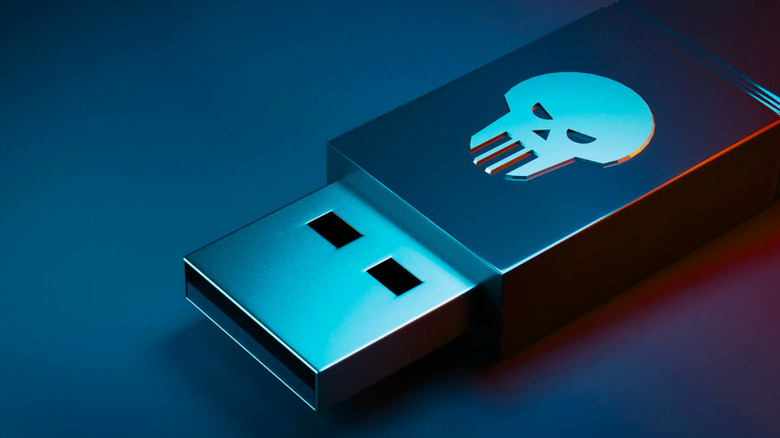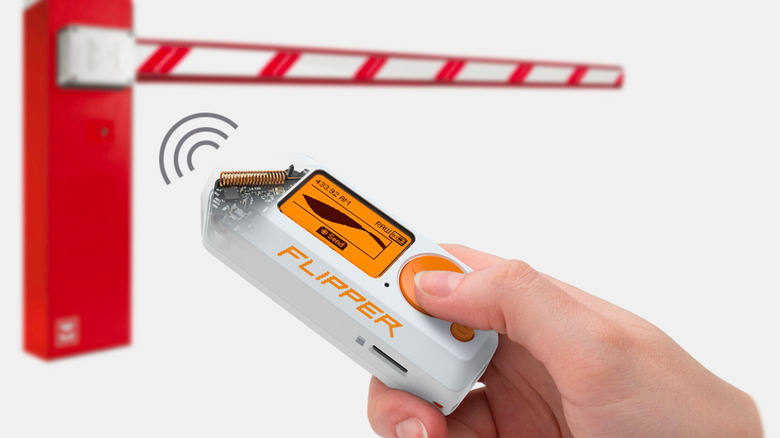6 Unexpected Things The Flipper Zero Hacking Device Can Actually Do
Marketed as a multi-tool device for geeks, the Flipper Zero has taken the concept of 'small but mighty' to a whole new level. This portable hacking device boasts complex capabilities that have contributed significantly to its success. Factors such as ease of use, portability, a thriving community, and robust marketing strategies have catapulted the Flipper Zero into the limelight, making it a trending topic on platforms like TikTok, where it has garnered over a billion views on its hashtags. Despite its popularity, it's crucial to acknowledge the Flipper Zero's limitations when delving into its functionality. Surprisingly, existing platforms such as Arduino or Raspberry Pi can replicate a bulk of its functions using cheap and readily available add-on motherboards.
However, beyond its toy-like appearance, this tool has the potential to do some real damage. It can access control systems, manipulate radio protocols, and interact with infrared gadgets found in bank cards, public Wi-Fi networks, and mobile phones. If you own a Flipper Zero, we strongly advise staying on the right side of the law and using it primarily for learning purposes or as a security evaluation tool. Unauthorized access to systems and devices comes with significant responsibilities. Assuming you'll put your Flipper Zero to legitimate use, here are six unexpected things this hacking device can do.
Bypass SentrySafe security
Flipper Zero passes for an excellent SentrySafe hacker machine. It does this by leveraging output channeled from the general-purpose input/output (GPIO). Users can easily crack the defenses of some complimentary safes in public spaces like short-term rentals, motels, or spas. Thanks to its diverse range of antennas, the device mimics a wireless gadget as it captures, stores, replicates, and imitates signals from the GPIO.
You would only have to place your Flipper Zero close to the signal's source, choose a program that tallies with the GPIO, and select "Read." At the same time, Flipper Zero responds by saving the read signal to its local memory. Then, you can later access and emulate the signal to unlock the safe at will.
You may not need to use your Flipper Zero for this purpose. However, knowing how it works certainly offers some warning to keep your SentrySafe extra secure. Otherwise, you might hold as little stuff as possible in public safes to avoid sour storylines in your holiday journal.
Spam and crash smartphones
The pace at which Flipper Zero can execute a denial of service (DoS) attack on your Android device or crash your iPhone is mind-blowing. With only a few commands, this gadget can render an iPhone or Android device practically useless. Note that you can't crash or spam someone's smartphone with a stock Flipper Zero. Instead, you'll need to load an early developer build of third-party firmware like Apple BLE Spam into it. Apple BLE Spam helps the Flipper launch what it terms a Lockup Crash attack on the target iPhone.
Meanwhile, your Flipper Zero-Apple BLE Spam combo can do a bit more than crash an iPhone. It can also initiate multiple pairing attacks that spam the target device with popups. Granted, this won't crash the phone, but it can be frustrating and practically render the device useless with unavoidable spam notifications. An Apple BLE Spam-enabled Flipper has locked up and crashed iPhones with the latest iOS 17. However, it's never reportedly broken through an iOS 16 iPhone.
Fortunately, you can always shield your device from this attack by putting off your Bluetooth when you don't need it. To do this, visit your device's Control Center and disable Bluetooth, or turn off Bluetooth in your Settings app to protect your device.
Compromise NFC cards and key fobs
Near Field Communication (NFC) is a short-range wireless data transfer technology that allows smartphones and tablets to exchange information within a distance of 4 cm or less. Like Apple Pay or Google Pay, NFC allows you to make secure and contactless payments without physically contacting the reader.
But NFC does even more. NFC is also found in plastic cards and key fobs and is used to lock hotel room doors, cars, or garage doors. Should someone around you have a Flipper Zero, they can access data from your cards and fobs. This can be done in two ways. Keycards can be cloned by placing an existing compatible keycard on the back of the Flipper Zero, and it reads and stores the card's unique ID and any associated data.
The Flipper Zero can also be held near a compatible reader, acting as if it were the original card and broadcasting the cloned information. If the card has the necessary permissions, the door unlocks. Thankfully, Flipper Zero can't decode your CSC, CVV, CVC, CAV, or other similar three-lettered acronyms that keep the card's encrypted security codes. That means no one could clone your bank cards or access your hard-earned funds using this device.
Read, copy, and clone RFID cards or tags
RFID is as universal as oxygen and is even used for your credit and debit cards. Fintech service providers and commercial banks use RFID contactless technology to read or share information without physically contacting the receiving/giving device. RFID cards or tags come with default locks to prevent data breaches. But Flipper Zero can comfortably break through most of these protocols on your credit or debit cards. This ability allows them to unlock the target card, clone, or access the RFID card's data remotely.
Again, you can secure your debit or credit cards from a Flipper Zero-armed hacker by using RFID-blocking wallets like Ridge, Kings Fold, and PacSafe Z50. These blocking wallets provide an extra layer of security between your device and any third party trying to steal your credit/debit card information. Thankfully, these wallets are affordable and easy-to-use insurance against such data breaches.
As a BadUSB device
BadUSB devices can manipulate system settings, hack backdoors, recover information, or run other tasks you'd need physical access to execute. Connecting your Flipper Zero to a port allows it to show up as a Human Interface Device (HID) — like your keyboard — so you can remotely control the target device. Just like with crashing or spamming phones, you'll need custom firmware (like Unleashed Firmware) to successfully convert your Flipper Z into a BadUSB and wirelessly access a nearby PC.
To make your Flipper Zero double as a BadUSB, push the Menu button on your firmware-loaded Flipper to view all apps on the device. Next, open the Bluetooth folder > Black Bluetooth (Black BT) icon. Flip on the Black BT to wirelessly connect your Flipper Zero to the PC. The Flipper Zero remotely controls the PC and stores data from the PC via a local file. Once you've hacked the PC, the PC user will find a notification on their screen announcing the breach. It gets scarier for the "victim" as you can remotely send popups or custom notifications with custom words to their computer. Note that the Flipper Zero works best when you're close to the PC. The further you move from the PC, the fewer chances your popups match the remote command.
Universal infrared (IR) remote control
It can be frustrating when you want to watch your favorite TV show, airing at a specific time every day, and when you get to the living room, you cannot find the remote to change the channel. However, your Flipper Zero has a local infrared module you can customize to operate assorted gadgets, from air conditioners to smart TVs and ovens — any consumer appliance with an IR remote control interface.
Perhaps the coolest use of this function is that Flipper Z can help you verify whether an infrared remote control is still functional. To do this, focus the Flipper Zero's remote control in the "read IR" mode and run a signal detection on the target appliance. Furthermore, with its IR receiver, the Flipper Zero can capture signals and store them in the library.
This feature allows you to save signals from your existing remotes, enabling you to transmit commands later. Plus, you can contribute to the Flipper Zero community by adding these signals to the public IR Remote database, enhancing the collective experience of other Flipper Zero users.
